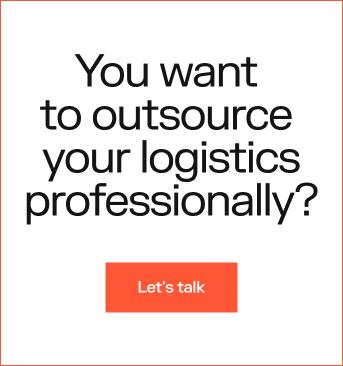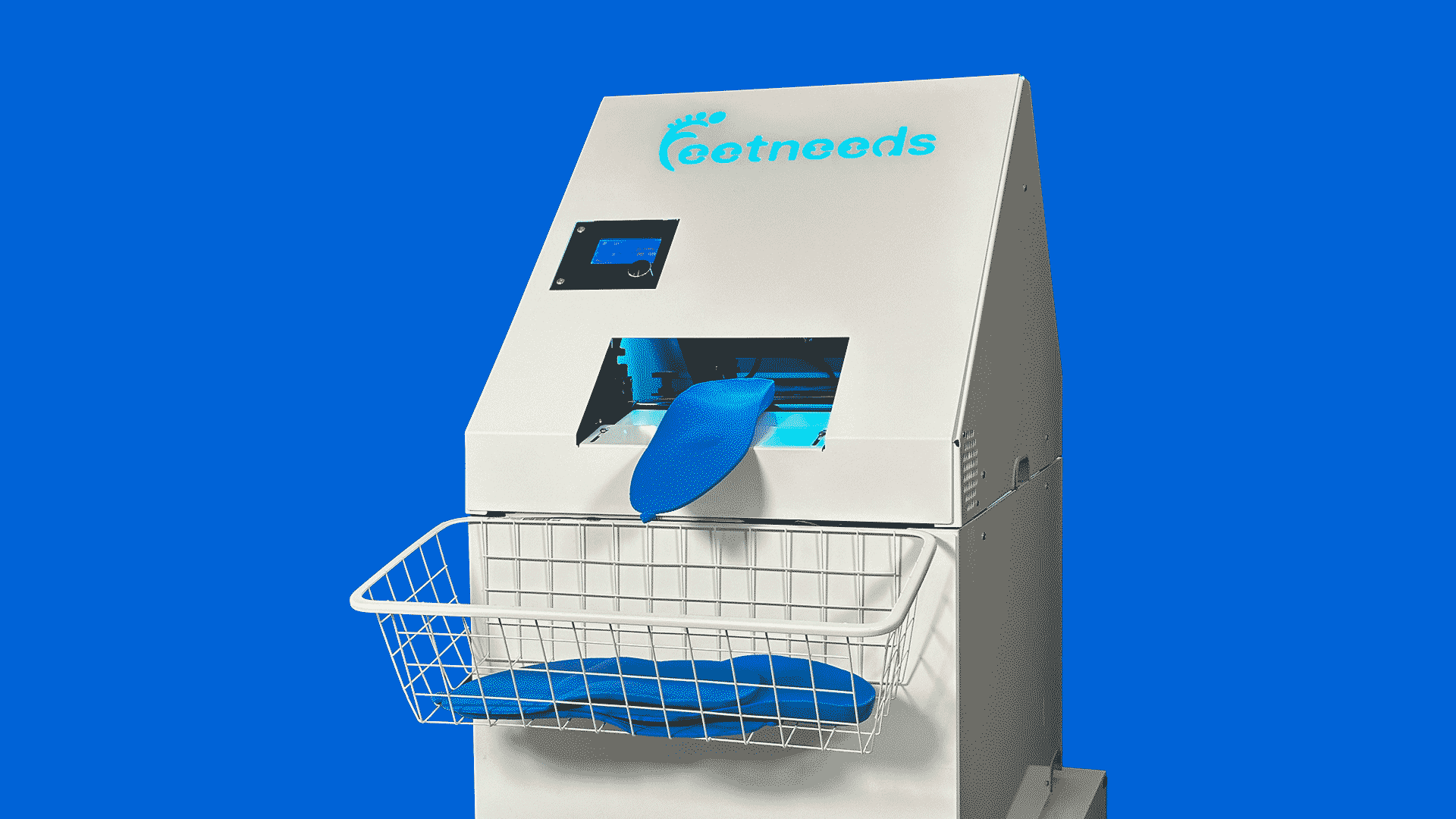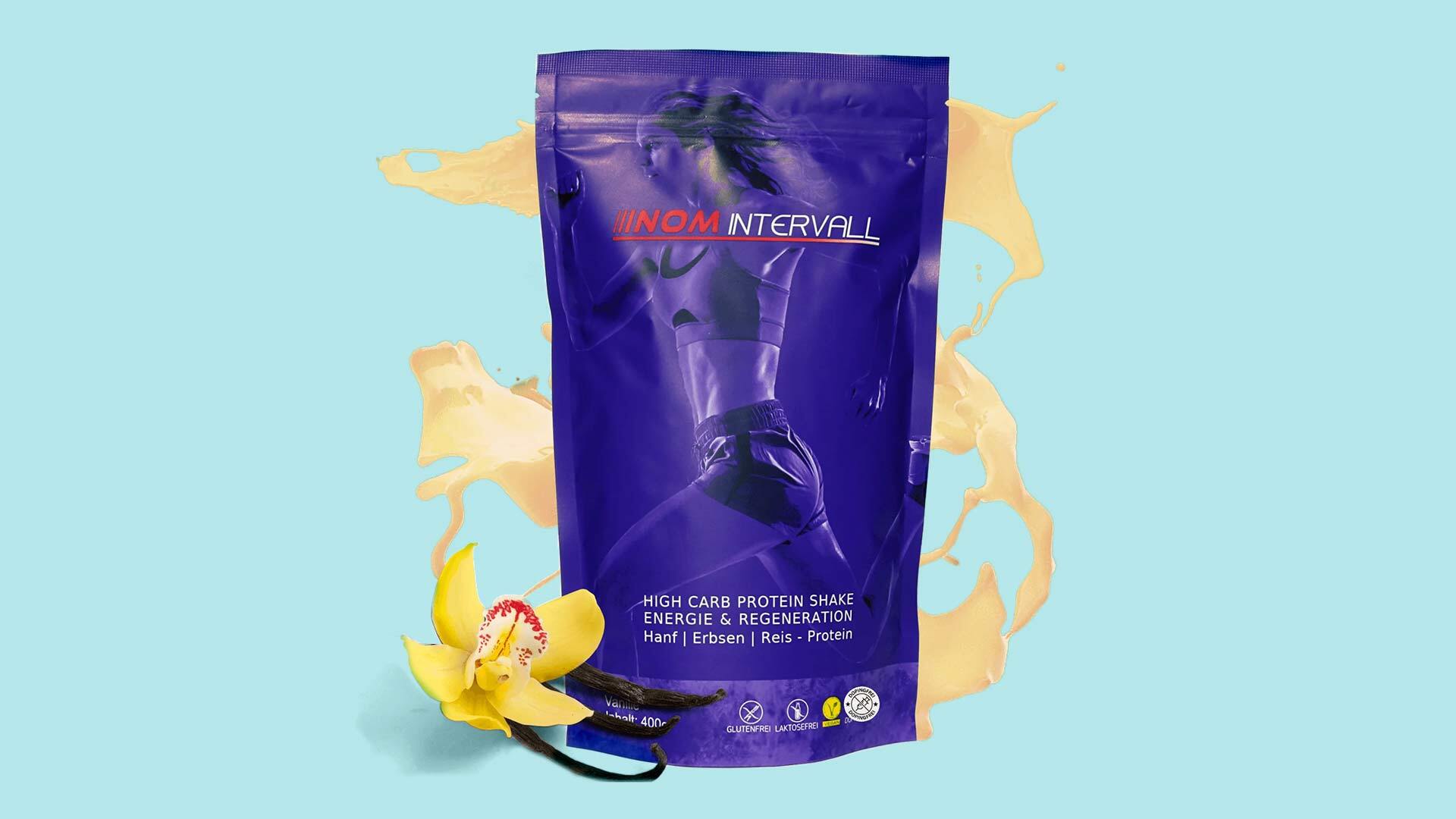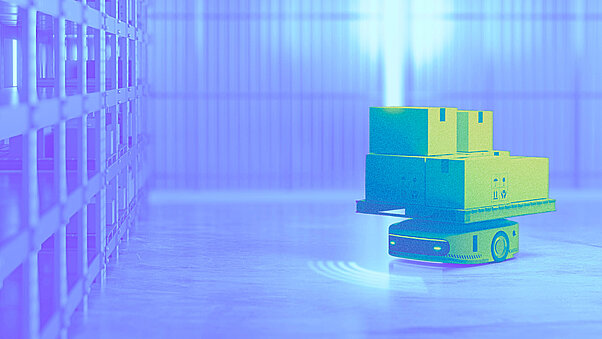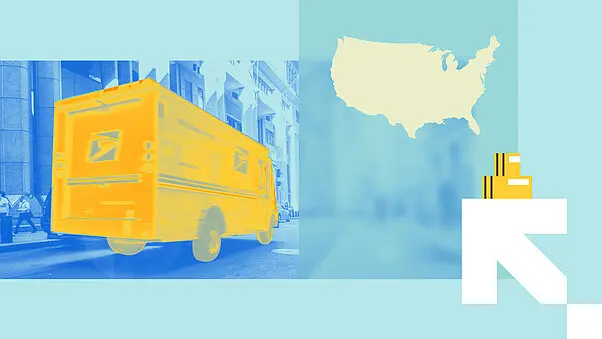
What is E-Commerce Fulfillment? Benefits, models and how it works
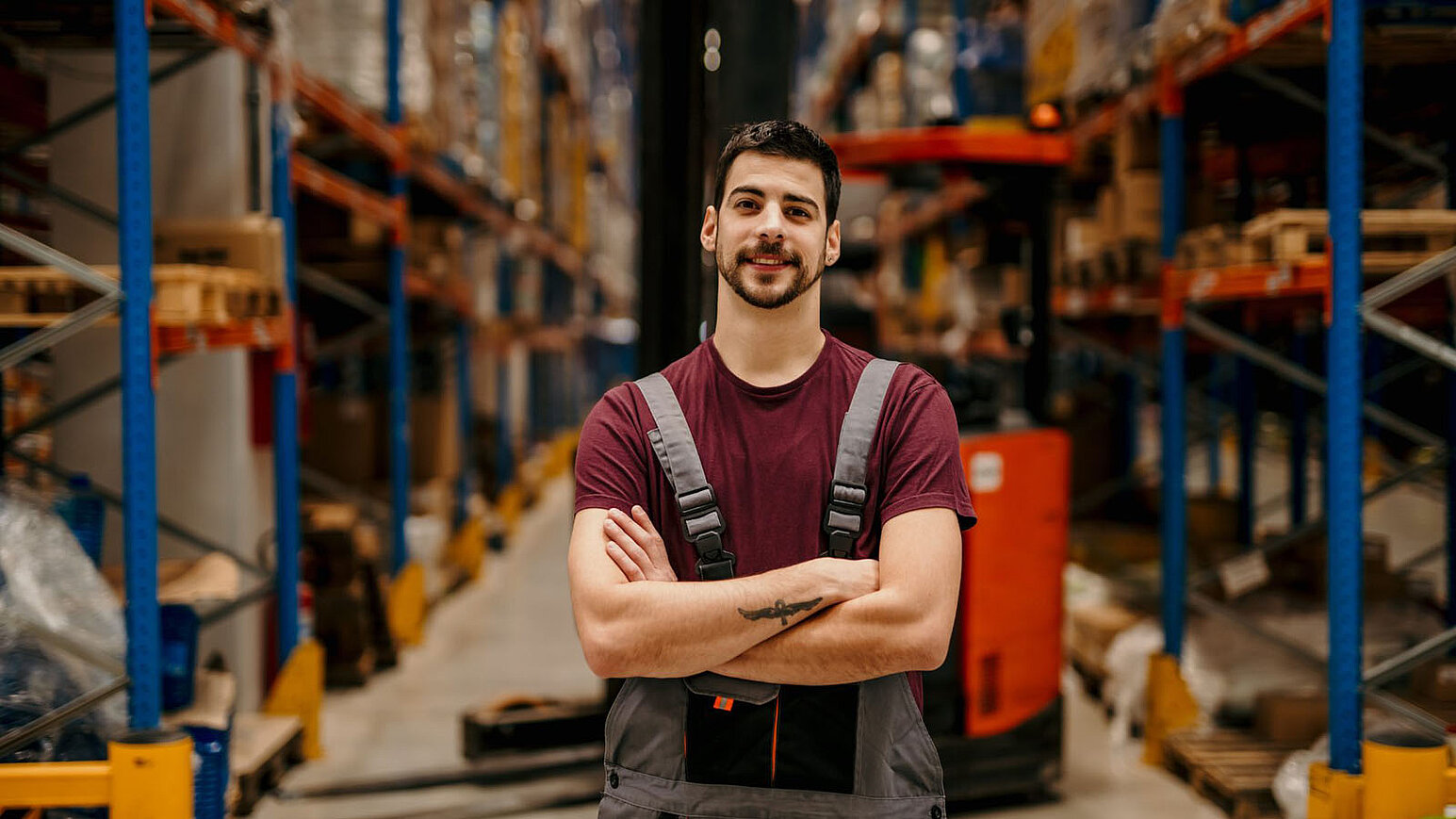
If you want to succeed in online retail, there's no getting around logistics. As order volumes grow, it quickly becomes clear whether your processes are truly efficient. Modern fulfillment services cover exactly these operations – from storing products to packing, shipping and handling returns.
In this article, we explain what e-commerce fulfillment is, how it works, the different models available, and what to look out for when choosing a fulfillment provider – all in a clear and straightforward way1
What Is E-Commerce Fulfillment? The Definition
E-commerce fulfillment refers to the entire process required to successfully deliver an online order. “Fulfillment” simply means the completion of the logistics behind a purchase – in other words, the process of fulfilling an order.
The term e-commerce fulfillment typically covers every step that happens after a customer clicks the “Order” button:
- Product storage
- Picking (retrieving items from the warehouse)
- Packing the order
- Shipping to the customer
- Receiving and processing returns
It also includes:
- Inventory management (What’s in stock? What’s running low?)
- Shipment tracking and status updates
- Customer service related to stock, delivery and returns
An e-commerce fulfillment provider handles all of these logistical steps and manages order processing automatically. To make this automation work, order data and other relevant information must be transferred between systems. That’s why, at the beginning, the retailer’s online shop is connected to the fulfillment provider’s software. From there, the entire fulfillment process can be monitored and managed in real time.
The Fulfillment Process at a Glance
E-commerce fulfillment involves all the steps required to efficiently process an online order. Below, we explain each phase of the process in more detail:
How E-Commerce Fulfillment Makes the Difference
Professional e-commerce fulfillment is much more than just handling the logistics behind your orders. It’s a strategic lever for growth, customer satisfaction and international scalability. Here's how your DTC brand can benefit from it:
- Cost efficiency & scalability: Instead of building your own warehouse and hiring staff, you tap into established logistics infrastructure. You save costs and benefit from volume discounts and all the advantages of efficient e-commerce fulfillment services.
- More focus on your core business: By outsourcing logistics, you free up time for product development, marketing and scaling your e-commerce brand.
- Modern technology & expertise: E-commerce fulfillment providers like Quivo rely on automated systems and years of experience. You benefit from professional processes – without the need for major in-house investments.
- Flexible capacity: Fulfillment services adapt quickly to peaks in demand. You stay fast and ready to deliver – even on Black Friday or during the Christmas season.
- Easy international expansion: Global logistics and customs handling are already in place. That means you can serve new markets without getting bogged down in admin or bureaucracy.
Stronger customer experience: Fast delivery and easy returns make for happy customers. Your brand earns trust, your revenue grows, and you're free to expand without limits.
When E-Commerce Fulfillment Makes Sense:
- Rising order volumes: When packing and shipping takes up too much of your time and blocks your day-to-day business.
- Lack of space: When storage space is tight, or you want to avoid the cost of setting up your own infrastructure.
- High shipping costs: When you’re stuck with expensive rates and want to benefit from better conditions.
- Selling internationally: When you want to ship abroad, but don’t want the hassle of managing customs and international logistics yourself.
- You want to appear more professional: When you're ready to offer a great delivery experience and take your shop to the next level.
- You want to switch fulfillment providers: If you're unhappy with your current e-commerce fulfillment partner and looking for a better solution. We've seen many businesses misled by low headline prices or generic claims like “the number one in the industry.”
E-Commerce Fulfillment Models Compared – Which One Is Right for You?
Not every business needs the same fulfillment model. Depending on your size, product range and strategic focus, a different solution might make more sense. Below is an overview of the most common e-commerce fulfillment models – including their pros and cons:
| Modell | Description | Advantages | Disadvantages |
|---|---|---|---|
In-house Fulfillment | You handle storage, packing and shipping yourself – everything stays in-house. | Full control, direct customer contact, no external dependencies. | Time-consuming, labour-intensive, limited scalability. |
E-Commerce Fulfillment | External providers handle the entire process – from warehousing to delivery. | Scalable, expert solutions, less operational effort. | Less control, onboarding with fulfillment software required. |
Marketplace-Fulfillment (e.g. Amazon FBA) | Products are stored with the marketplace, and shipped via their system. | Broad reach, fast shipping (e.g. Prime), customer trust. | Fees, limited brand visibility, reduced access to customer data. |
Hybrid Fulfillment | A combination of in-house and outsourced logistics, depending on your needs. | Flexibility, potential for cost and process optimisation. | More complex to manage, systems need to be well integrated. |
Which model is right for you depends on how much control you want to keep, how fast you plan to grow, and how important flexibility or speed is to your business.
Many smaller shops start with in-house fulfillment and switch to a 3PL or hybrid setup as order volumes increase. Sellers using platforms like Amazon often benefit from built-in fulfillment infrastructure – though this usually comes with certain trade-offs.
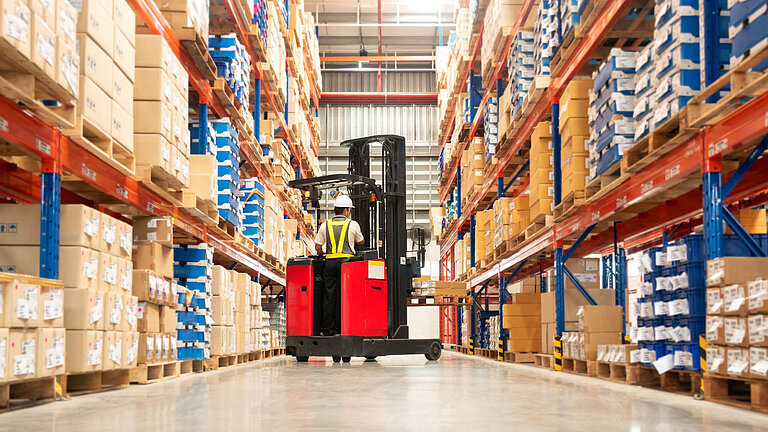
E-Commerce Fulfillment vs. 3PL – What’s the Difference?
The terms e-commerce fulfillment and third-party logistics (3PL) are often used interchangeably – but it’s worth making a distinction:
E-Commerce Fulfillment:
E-commerce fulfillment is a subcategory or specialised branch within the wider 3PL industry. It’s a type of logistics service specifically designed for online retail, covering every step from storage to returns – with a focus on fast, automated delivery and the typical B2C flow.
- Scalable for start-ups and D2C brands
- Easily integrated with Shopify, WooCommerce, Amazon, etc.
- Focus on fast shipping and high customer satisfaction
- Usually includes returns handling and shipment tracking
3PL (Third-Party Logistics):
3PL refers to a broad range of logistics services provided by external specialists. This includes not only e-commerce fulfillment, but also freight forwarding, large-scale warehouse management, and the transportation of bulky goods.
These services are often used by B2B companies, brick-and-mortar retailers or industrial businesses. The focus is typically on cost-efficiency and operational stability – rather than speed or flexibility, as is common in e-commerce fulfillment.
- Transport management and large volumes (pallets, containers)
- B2B focus (e.g. retailer supply, production logistics)
- Complex supply chain solutions
- Long-term, contract-based service models
Figures & Market Trends in E-Commerce Fulfillment:
The e-commerce fulfillment market in Europe is growing significantly faster than the traditional logistics industry. With a current market volume of around €26 billion (2024) and an annual growth rate of nearly 15%, fulfillment is becoming a key segment in online retail.
While the broader 3PL market is larger overall, e-commerce fulfillment is the fastest-growing subsegment within it. This presents major opportunities for online retailers in a highly scalable and future-proof industry.
- Globally, 60% of online retailers already use external e-commerce fulfillment providers – around 20% of them exclusively.
- The global market for e-commerce fulfillment services reached €112 billion in 2024 and is expected to grow to around €127 billion by 2025.
- By 2030, the market is projected to reach over €248 billion, with an annual growth rate of around 14%. Long-term forecasts suggest it could hit €426 billion by 2034.
- Germany is one of the leading markets, with fulfillment volumes of around €7.6 billion – and growing.
- The European e-commerce fulfillment market stood at €26.3 billion in 2024, growing at an annual rate of approx. 14.7%. By 2030, it’s expected to reach nearly €60 billion.
- The US market alone reached €20.4 billion in 2024 and could grow to nearly €45 billion by 2030.
- The Asia-Pacific region currently holds the largest market share at over 27%, while North America is the fastest-growing region. The market is being driven particularly by consumer goods and electronics, with annual growth rates of around 16%.
Note: These figures refer specifically to e-commerce fulfillment services for online shops and e-commerce businesses – not the entire 3PL market. The broader 3PL sector includes large-scale B2B fulfillment, freight forwarding, warehousing, supply chain management, and more. That market is significantly larger and should be viewed separately.
Ready for the Next Step in Fulfillment?
If you’re looking for an experienced partner you can rely on, you’ve come to the right place.
We’re Quivo – your specialised e-commerce fulfillment provider, trusted by over 1,500 businesses worldwide. From start-ups to established brands, we support online retailers in building efficient, scalable and fully automated logistics processes – all within our own self-operated fulfillment centres.
Whether it’s same-day fulfillment, custom packaging solutions or seamless shop integration – our mission is to take the logistics off your plate, so you can focus fully on growing your business. Here’s where you can learn everything about our fulfillment services.
- Let’s talk – get your free, no-obligation quote and see what modern fulfillment with Quivo can do for you!
Sources
Fulfillment Trends 2025: quivo.co/us/fulfillment-trends-2025/
Fulfillment Center in the US: quivo.co/us/fulfillment-center-checklist-facts-and-costs/
Logistics Software- The Connector: https://quivo.co/us/connector/
Globenewswire.com: E-Commerce Fulfillment Services Market – Global Forecast
Grandviewresearch.com: E-Commerce Fulfillment Services Market Size, Share & Trends Analysis Report (2024–2030)
Capitaloneshopping.com: E-Commerce Fulfillment Statistics: 2024 Industry Trends & Analysis
Ecommercenews.eu: German E-Commerce to grow 4% in 2025
Pictures: Canva, pixabay, Quivo © 2025








